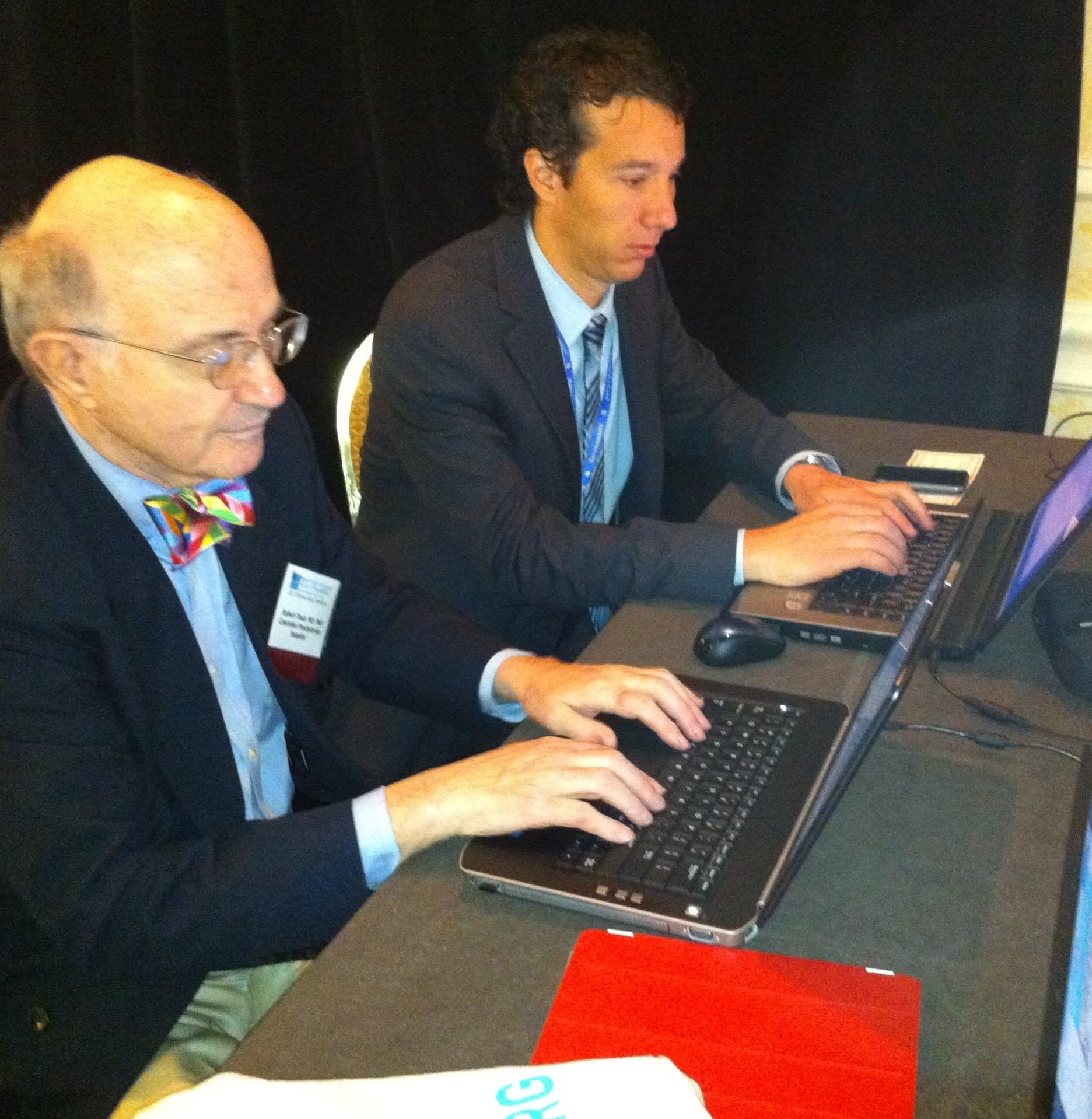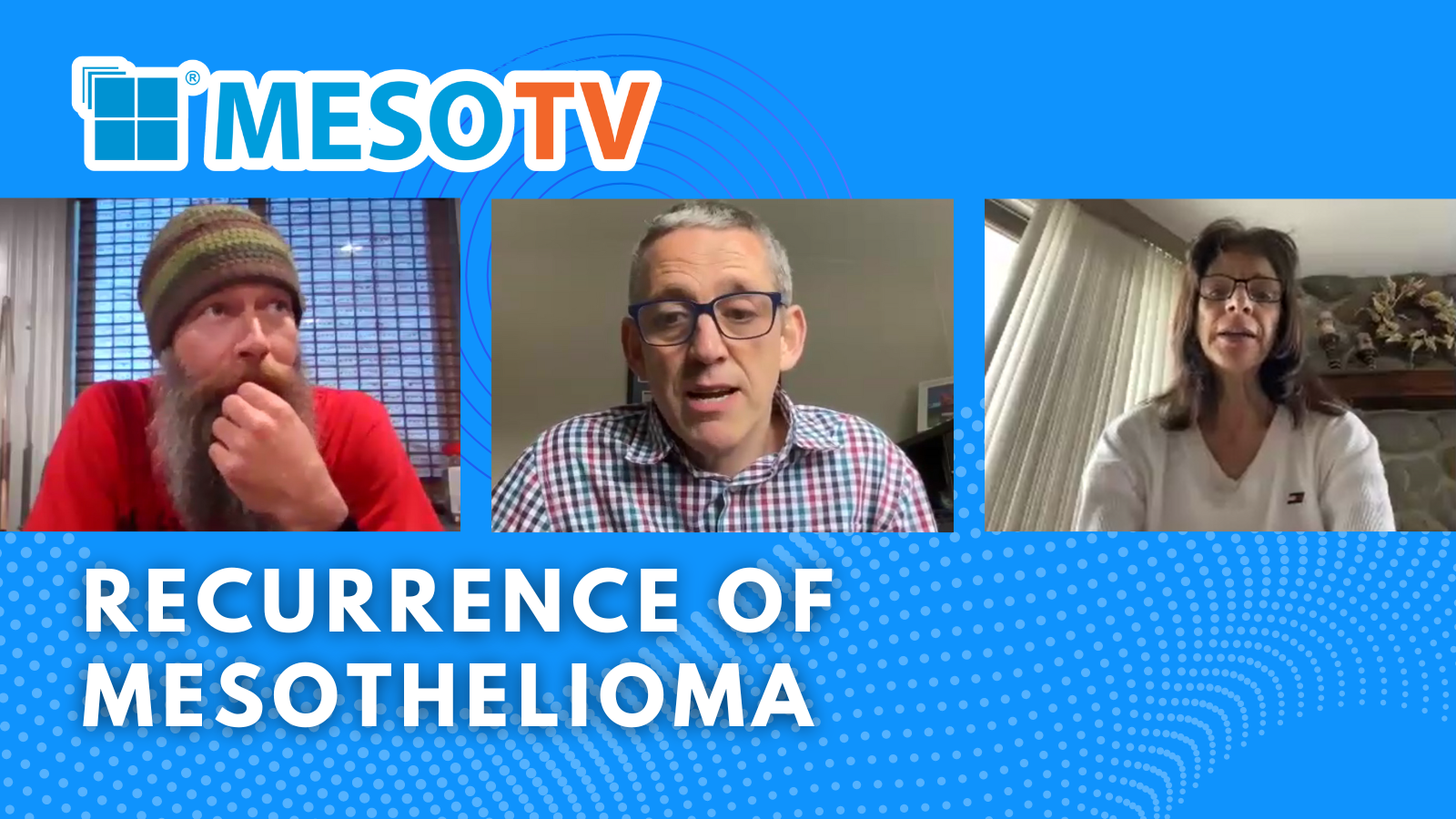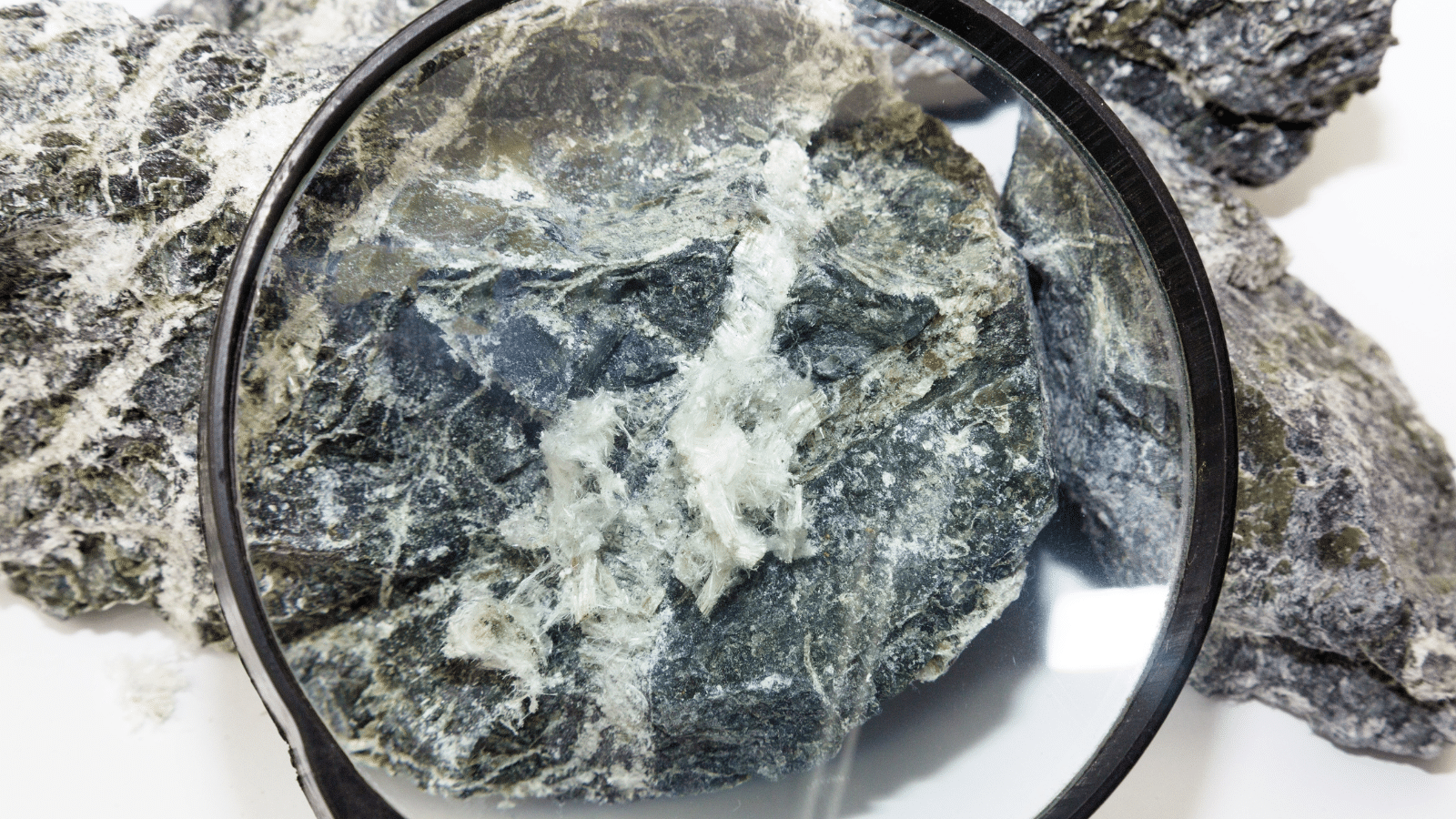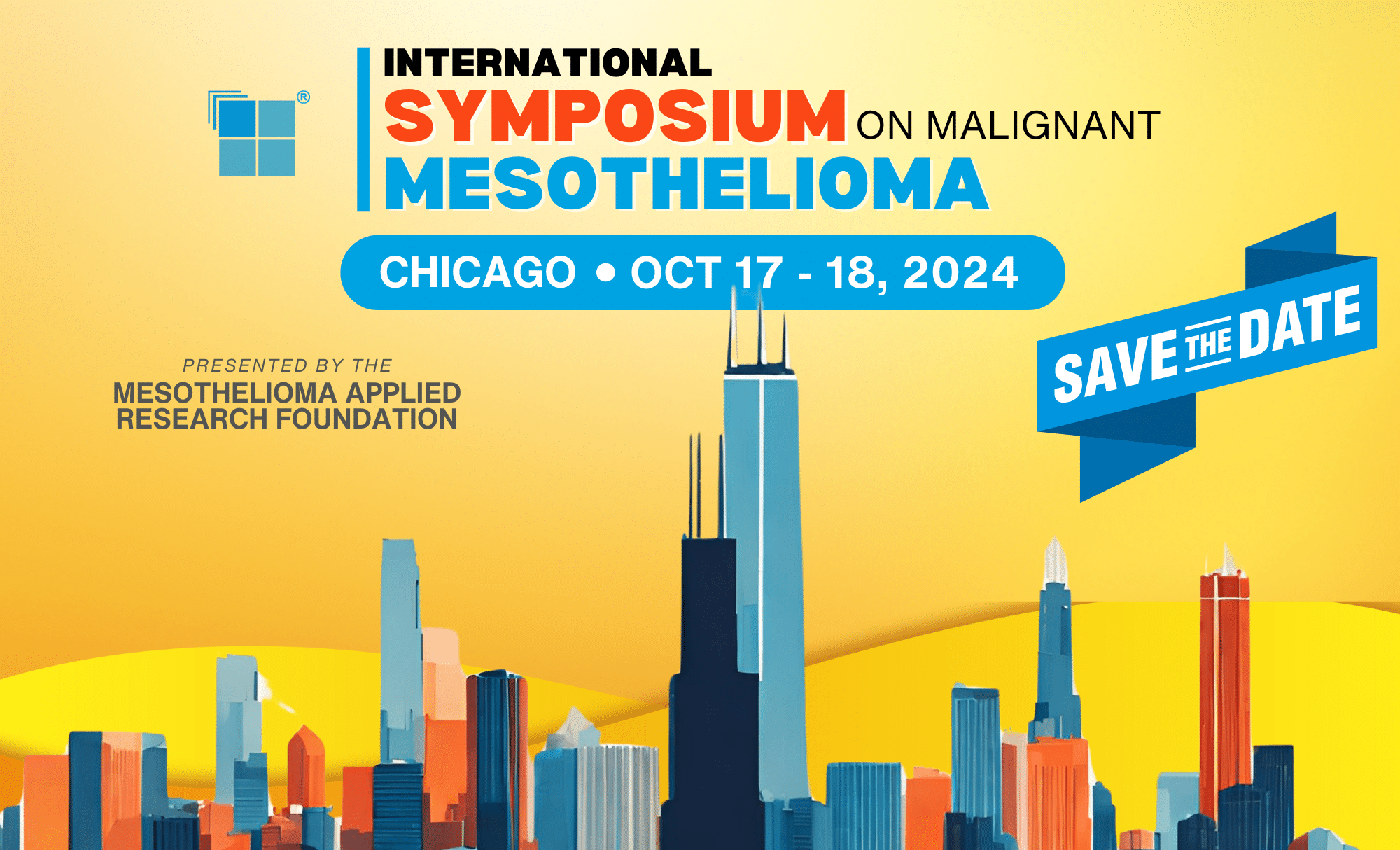Currently happening at the Omni Shoreham Hotel in Washington, DC and hosted by the Mesothelioma Applied Research Foundation, the 2012 Symposium has brought together mesothelioma scientists, doctors, medical professionals, mesothelioma patients and their families, and other advocates together in order to showcase research, discuss options, and raise awareness in finding a cure for mesothelioma. While many are in attendance, there are some that for a variety of reasons cannot attend. This is one reason why we at the Meso Foundation have enabled a Live Stream that brings the Symposium to you.
The Meso Foundation has assembled an exceptional agenda featuring presenters such as Raja Flores, MD, Giovanni Gaudino, PhD, Steven Hahn, MD, Harvey Pass, MD, Daniel Sterman, MD, David Sugarbaker, MD, Raffit Hassan, MD, Robert Kratzke, MD, Lee Krug, MD, and many others. The theme of the Symposium is “What’s Your Question?” and attendees have taken this to heart. Here are some of the questions our special guest physicians have addressed during our first Symposium Live Stream.
Q: How did the phase I clinical trial with the WT1 peptide vaccine go?
A: Stay tuned! I will be discussing the results in detail in the afternoon session.
Q: What is the role of photo-dynamic therapy following thoracic surgery for mesothelioma?
A: Photodynamic therapy involves the delivery of a drug that sensitizes a patient’s tissues to light, and then light is shined directed on the tumor tissue. This has been a strong area of research interest from Dr. Friedberg at the Univ. of Pennsylvania who uses it to treat the surface of the chest wall after surgery for mesothelioma. The effectiveness of this technique remains unclear, and he is the only one pursuing this approach at the current time. This has been studied previously by Dr. Pass who did not find it effective, though Dr. Friedberg may have more promising results. Photodynamic therapy may increase the risk of surgical complications, and should only be done in the setting of a clinical trial.
Q: I have blood in my urine. Can meso reach the kidneys?
A: There are many causes for blood in the urine (hematuria), the most common being a urinary tract infection. Others include bleeding issues (for example, for patients on blood thinners such as Coumadin), other drug toxicities, or tumors that start in the kidney or bladder. Hematuria caused by tumor metastases is much less likely. It would be quite rare for pleural mesothelioma to spread to the kidneys. Peritoneal mesothelioma could potentially cause it by invading into a part of the urinary tract. The work up would include a urine test for infection, imaging such as ultrasound or CT scan, and possible a cystoscopy (scope procedure to look in the bladder).
 Q: Is there any relationship between having an EPP and being one of the fewer than 10% of patients who develop bone cancer?
Q: Is there any relationship between having an EPP and being one of the fewer than 10% of patients who develop bone cancer?
A: I presume by “bone cancer,” you mean a metastasis (spread) of mesothelioma to the bone. This can unfortunately occur to some patients with advanced mesothelioma, regardless of whether or not they had surgery.
Q: Since my husband had meso, should my daughter be tested for the BAP1 mutation – or is it even available?
A: Although BAP1 mutations occur in about 20% of mesothelioma tumors, they are usually “spontaneous” mutations, and we think familial BAP1 mutations are the cause of mesothelioma for a relatively small percentage of patients. However, if there is a history of mesothelioma in other family members, or of melanoma, particularly ocular melanoma, then it would be reasonable to discuss the pros and cons of BAP1 genetic testing with a genetics counselor. Information on this gene is just now emerging, so we don’t yet know what to do with the results.
Q: Should patients have CT, PET/CT, or MRI for surveillance scans?
A: Radiology imaging for mesothelioma is notoriously challenging, and all of our current techniques have limitations. For patients with pleural mesothelioma, I generally follow them with simple CT scans. I find PET/CT most useful at diagnosis to determine the degree of tumor spread (stage of disease), though I think it can be difficult to interpret the significance of minor changes on the PET scan when used for follow up. MRI of the chest is less optimal due to respiratory motion that occurs during the longer time necessary to acquire the images. Newer imaging techniques are needed, and are being explored such as measuring tumor volume.
Q: Is there a consensus on how often a patient should be tested for recurrence?
A: No formal consensus, but the practice is to follow by physical examination CAT scan approximately every three months during the first year, then every six months for another 18 months, then yearly until five years. There is no consensus after five years but it is unlikely that continued surveillance will be of benefit.
Q: Where would you recommend someone to be tested for possible
A: even in individuals heavily exposed to asbestos, the risk of mesothelioma is less than 1%, so that screening of asymptomatic individuals isn’t very helpful. Also,the interval between Asbestos exposure and the development mesothelioma is estimated to be greater than 15 years again making yearly surveillance not very helpful. Those who do have clear evidence of asbestos exposure such as pleural plaques, should be looked at at least once every two years by chest x-ray or CAT scan.






